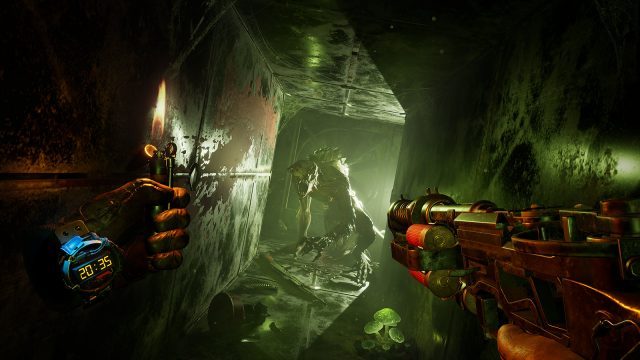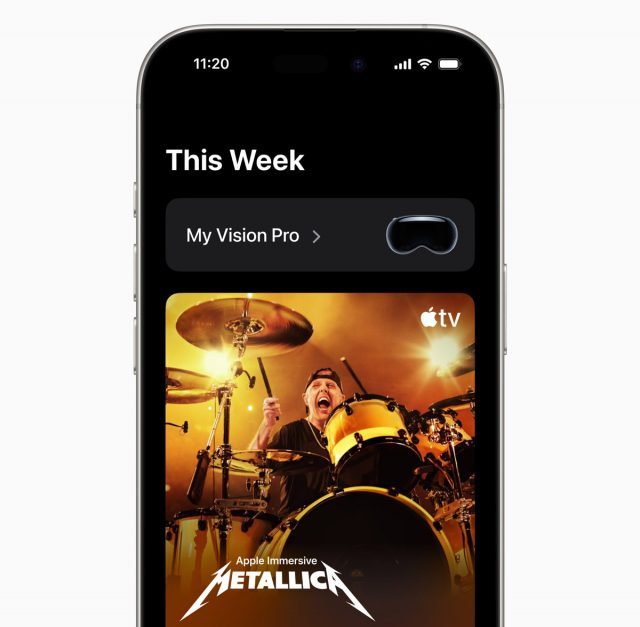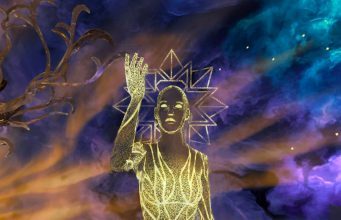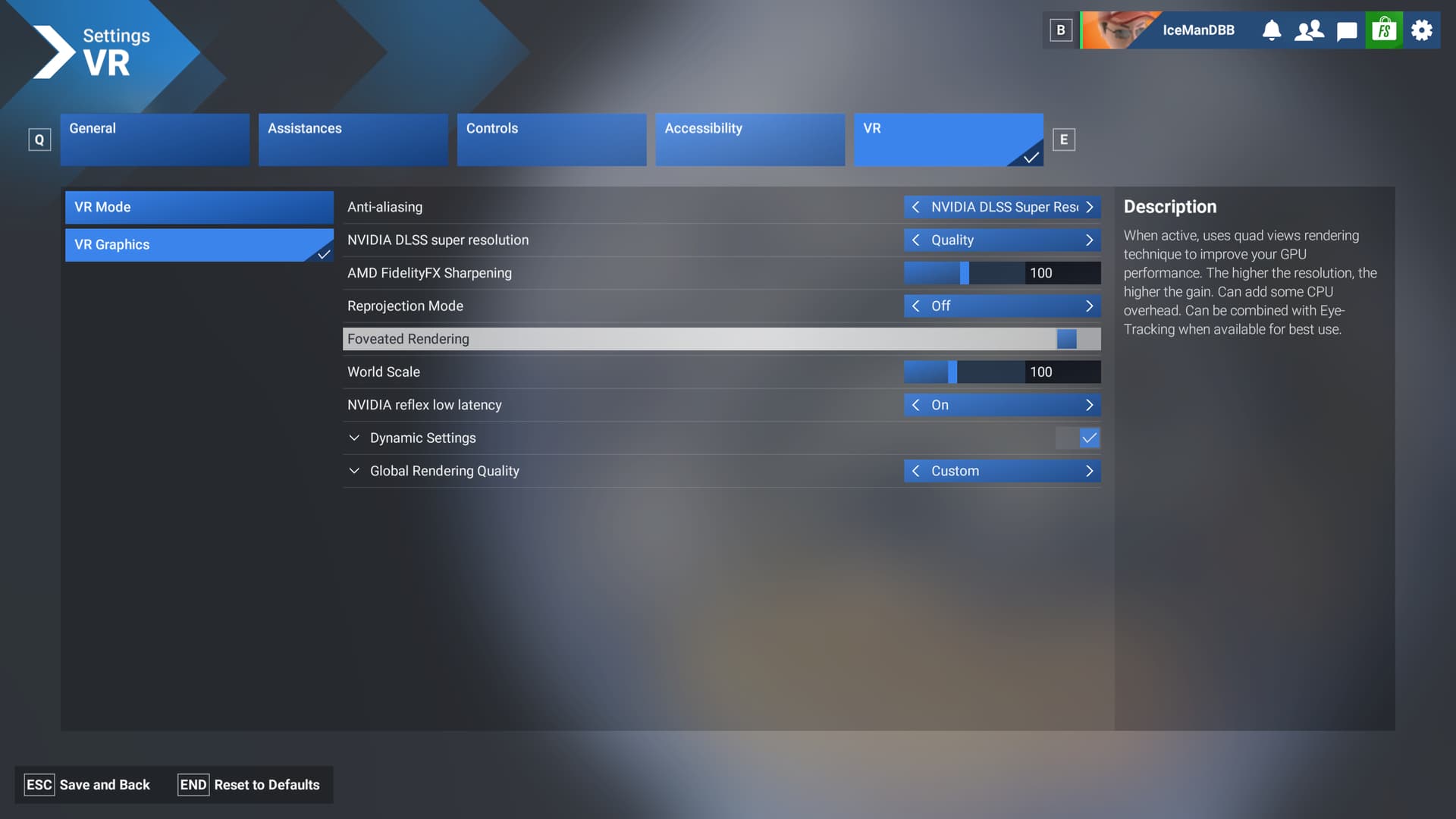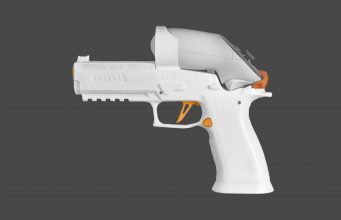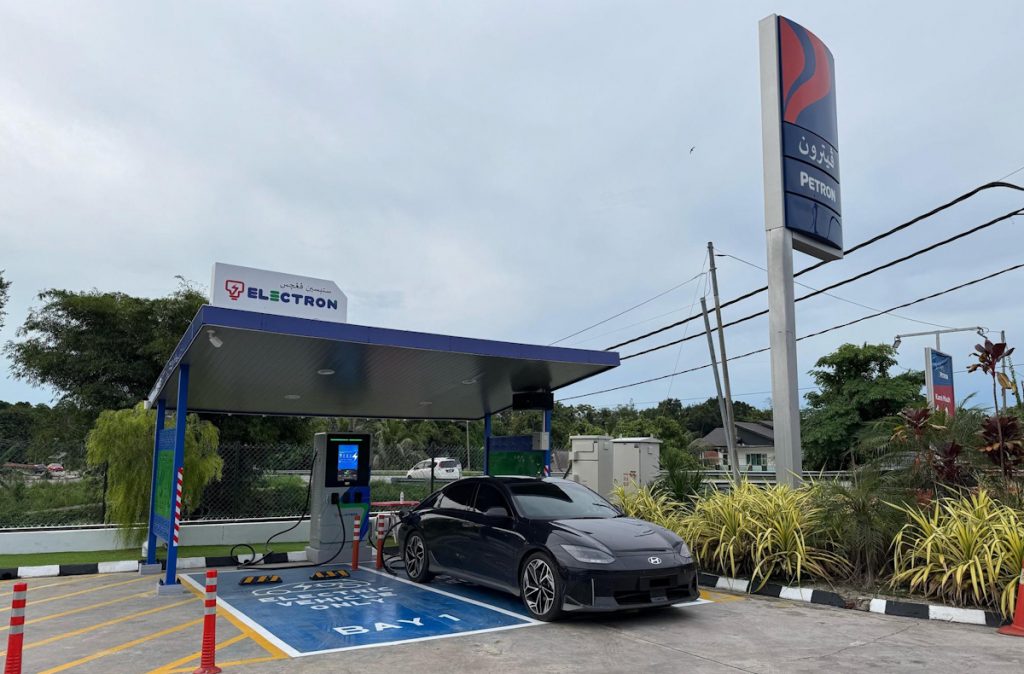Metro Awakening brings the post-apocalyptic tunnel-dwelling franchise to VR for the first time, but is it a good fit? Read on to find out in our full review.
Metro Awakening Details:
Publisher: Vertigo Games
Available On: Quest, PC VR, PSVR 2
Reviewed On: Quest 3
Release Date: November 7th, 2024
Price: $50
Editor’s note: all clips in this review are from the Quest 3 version of the game. Screenshots are from the PC VR version.
Gameplay
Developer Vertigo Games did a fine job of making Metro Awakening feel like a Metro game, but in VR. Although not nearly as broad in scope as the most recent title in the franchise, Metro Exodus (2019), it captures many of the series’ staples: a gritty, post-apocalyptic setting, interesting improvised weaponry, and a gameplay loop based around the pillars of scavenging, sneaking, and shooting.
The game’s weapons and shooting mechanics are its strengths. You start with a fairly basic pistol and AK-47. I particularly like that enemies stagger visibly when taking shots, making the impact of shooting feel much better than the more often seen bullet-sponge enemies. You’re pretty vulnerable yourself, and will find that squeezing off a few AK rounds into a bad guy and then taking cover is more effective than just standing out in the open. Gun fights feel scrappy rather than bombastic.
Later in the game you find a crossbow and a shotgun. While these weapon archetypes have been seen a hundred times before in VR, these two feel right at home among the uniquely cool makeshift weaponry the Metro series is known for.
The crossbow is a revolver with a pop-out cylinder into which you slide sharp metal rods. Cocking the crossbow requires pulling back a huge lever on top. Because of the weapon’s barebones construction, can watch exactly how the mechanism articulates to lift one of the bolts into position. And dang, it’s sure cool to see.
Like any good crossbow, this thing is quiet. And there’s an absolute satisfaction with not only dropping someone silently from the shadows, but then pulling the bolt from your victim, popping out the crossbow’s revolver-style cylinder, and sliding it right back in for the next shot. Retrievable ammo weapons in games always have that extra layer of fun, but there’s something especially unique about doing this in VR when it’s your own hands removing and reloading the bolts.
The next weapon, the shotgun, is for when you’re ready to go loud. Surprisingly, this one isn’t pump action, but it has a unique design all its own that makes it a standout. And you may know that I have a pretty high bar for what constitutes a great feeling shotgun in VR.
The shotgun in Metro Awakening is actually a revolver like the crossbow. But, interestingly, it has an exposed cylinder, which means you can pop shells into any open slot before pulling the charging handle to load a round. Again, the skeletal, makeshift construction of the weapon means you can really see how it operates, which is just extra cool in VR because you can inspect and articulate your gun however you want (rather than being stuck looking at canned animations).
The game’s final weapon is the blowdart gun, and while I love the idea of physically raising it to your mouth to fire, it doesn’t feel like it fits well with the rest of the game’s weapons. Not only does it feel like an inferior version of the crossbow, it’s just less fun and less satisfying to use.
All things considered, the game’s weapons have a great feel—especially the crossbow and shotgun—even if there are only four primary weapons to be found overall.
Scavenging also feels good. The detailed environments generally give me enough to look at to enjoy peeking around corners and down hallways to see if I can spot some extra supplies.
Scavenging goes hand-in-hand with being prepared, which is a must in Metro Awakening. If you jump into a fight without making sure your mags are loaded, knowing which weapons are equipped, and being able to operate your weapons confidently under pressure, you’ll get overwhelmed and overrun quickly.
I enjoyed the feeling of the scavenging and emphasis on preparedness. I found myself regularly picking magazines off of dispatched weapons to steal the ammo, making sure my health syringe was prepared, and pre-selecting my shoulder-slung weapon depending upon which enemies I expected to encounter.
Rather than just finding extra supplies, some kind of ‘currency’ (ie: ‘weapon parts’) that could be applied to upgrade your weapons would have made for a more exciting scavenging reward, and would have fit well into Metro gameplay tropes.
 Though there were ample opportunities to fight stealthily instead of going in guns-ablazin’, I didn’t find the stealth opportunities particularly exciting. Knocking people out with a punch to the head doesn’t feel very satisfying, and it seemed to backfire in many cases, with the bad guy just being confused for a moment before blasting.
Though there were ample opportunities to fight stealthily instead of going in guns-ablazin’, I didn’t find the stealth opportunities particularly exciting. Knocking people out with a punch to the head doesn’t feel very satisfying, and it seemed to backfire in many cases, with the bad guy just being confused for a moment before blasting.
Enemy AI was good at least, which keeps combat interesting. The enemies frequently communicate and move around the environment, giving them a sense of intelligence. Some enemies, like the rat mutants, can be a bit annoying because they sometimes come up behind you with little time to react to their presence.
But I do appreciate their behaviors like running away after taking some initial damage and peering around corners before popping out for a bite.
The game has a literal arachnophobia warning at the start, and for good reason. There are several sequences with spider enemies, including times where spiders are literally crawling on your head. I appreciate the creepiness of these moments, but found the actual combat with these enemies more annoying than not. Spiders can leap onto your face or hand, and it isn’t exactly clear what the player is supposed to do about it. I imagine a lot of people will end up smacking their headset once or twice while trying to pull the spider off.
Another annoying enemy were the game’s frequent ‘shadow’ figures which made for some boring and poorly telegraphed gameplay. The figures, which blend quite well into the game’s dark tunnels, will kill you if you stand near them for a few seconds. But given they’re hard to see, and that taking damage from them makes your screen even darker, it’s sometimes hard to tell when you’re even being hurt by them. Oh and there’s friendly shadows that look almost the same, but don’t do damage to you….
Even after beating the game, I’m still kind of unsure exactly what was intended with this ‘shadow figure’ gameplay. Waiting for an NPC to move out of the way so you can get to where you’re going just isn’t fun. Maybe there was some way to dispel them? Shooting certainly didn’t do the trick.
While Metro Awakening has strong VR fundamentals and a compelling first half, the latter half of the game unfortunately lacks the variety for a strong finish. From a story that’s nebulous and difficult to care about, to repeating gameplay sequences that aren’t particularly fun on your fourth or fifth go, to just a lot of needless walking, it felt like a great first half of the game gave way to a padded and uninspired second half.
It took me 7.5 hours to finish the game on medium difficulty, but I would have been happy if they had cut out some of the repetitive gameplay segments for a tighter and overall more fun experience.
Immersion
Metro Awakening isn’t high up there in environmental interactivity, but it does have a great sense of atmosphere. Environments are detailed, decrepit, and feel authentic in the way that much of the world looks like it’s been cobbled together from the remnants of a fallen society.
Although the game looks significantly better in its PC and PSVR 2 version (thanks to better textures, models, and much better lighting), I was generally impressed with the visual presentation on Quest 3. Although not as well lit or textured, environments felt equally dense on Quest 3, without any obvious cases of assets being carelessly crushed to meet the performance budget. The game relies heavily on Meta’s Application Spacewarp tech to run as well as it does on the standalone headset—bringing with it some artifacts—but generally I think it’s a good trade for how the game looks on Quest 3. I haven’t had a chance to test Metro Awakening on Quest 2 yet, so the verdict is still out on that.
For better or for worse, the inherent claustrophobia of being stuck in an abandoned metro really lands in a VR headset. Walking through the game’s labyrinthine tunnels and hallways makes you feel like there’s nowhere to run and that every corner could be hiding a threat. Consistently good ambient sound design helps to sell the game’s well measured tension. Though I didn’t appreciate how the game’s music would frequently kick in and spoil an upcoming encounter that would have otherwise been surprising.
I personally enjoyed getting immersed in this tense atmosphere, but some might find it oppressive.
Although the game’s holster system generally works quite well, the complete lack of a body or any indicators as to the location of the inventory volumes are felt like a miss for a VR game of this scope in 2024. All you see is floating hands… it’s up to you to remember where all the invisible inventory locations are. In the midst of combat, for instance, if you can’t remember exactly how to pull out your weapon backpack (reach over your left shoulder with your right hand), you’re going to be scrambling.
Although the affordances for the inventory system aren’t great, I did appreciate the usability. I haven’t seen a VR game use the gesture of ‘reach with your right hand over the opposite shoulder’ before, but it seemed like the game did a great job of detecting this consistently with few false positives.
I also liked the diegetic inventory design. Basically you have two backpacks: one for guns and one for other equipment like grenades, gas mask, and health vials. In both cases, items are generally represented on your backpacks at full size and their actual count, rather than shrinking unrealistically and ‘stacking’ into infinite piles. So if you have three grenades, you’ll see three full-sized grenades on your backpack. And you can’t fit any more, because there’s only enough room for three.
This makes for an immersive way to not only communicate to the player how many supplies they have, but also an immersive way for players to actually retrieve the items. I also like that the game will give the player key items contextually from the chest inventory slot. If you’re holding a pistol and reach to your chest, you’ll pull out a pistol magazine. If you’re holding the health syringe and reach to your chest, you’ll pull out a fresh health vial. It feels very natural in practice and minimizes the cognitive load of frequent actions like reloading—a smart design that also worked great in Half-Life: Alyx (2020).
As a general framework for VR game inventory, this one has legs.
While the game’s atmosphere is compelling, I did find myself wishing there was more environmental interactivity. This is one of those games where some objects are interactive and some just… aren’t, with little rhyme or reason between what you can pick up and what you can’t. Even if there wasn’t any extra gameplay associated with making more of the world’s objects interactive, there’s so much detail visually in the world that it would add to the immersion to know that I could actually grab and look at all the things scattered about.
Comfort
 Metro Awakening offers a full set of modern VR comfort options, including teleport movement. However, its particular choice of setting—cramped environments and quite a few steep stairs—is going to be less comfortable to those sensitive to motion discomfort than an equivalent game with more open environments and less frequent stair motion.
Metro Awakening offers a full set of modern VR comfort options, including teleport movement. However, its particular choice of setting—cramped environments and quite a few steep stairs—is going to be less comfortable to those sensitive to motion discomfort than an equivalent game with more open environments and less frequent stair motion.
There are several moments in the game where the horizon is shifted significantly. For most, these are brief enough to not be problematic, but such moments can be triggering for certain people (and generally speaking, they could have been executed without altering the horizon).
Metro Awakening’ Comfort Settings – November 7th, 2024 |
|
Turning |
|
| Artificial turning | |
| Snap-turn | ✔ |
| Quick-turn | ✔ |
| Smooth-turn | ✔ |
Movement |
|
| Artificial movement | |
| Teleport-move | ✔ |
| Dash-move | ✖ |
| Smooth-move | ✔ |
| Blinders | ✔ |
| Head-based | ✔ |
| Controller-based | ✔ |
| Swappable movement hand | ✖ |
Posture |
|
| Standing mode | ✔ |
| Seated mode | ✔ |
| Artificial crouch | ✔ |
| Real crouch | ✔ |
Accessibility |
|
Subtitles |
|
| Languages |
English, French, German, Japanese, Korean, Simplified Chinese, Spanish (Latin America), Czech, Polish, Russian, Ukrainian |
Dialogue audio |
|
| Languages | English |
| Adjustable difficulty | ✔ |
| Two hands required | ✔ |
| Real crouch required | ✖ |
| Hearing required | ✖ |
| Adjustable player height | ✖ |

